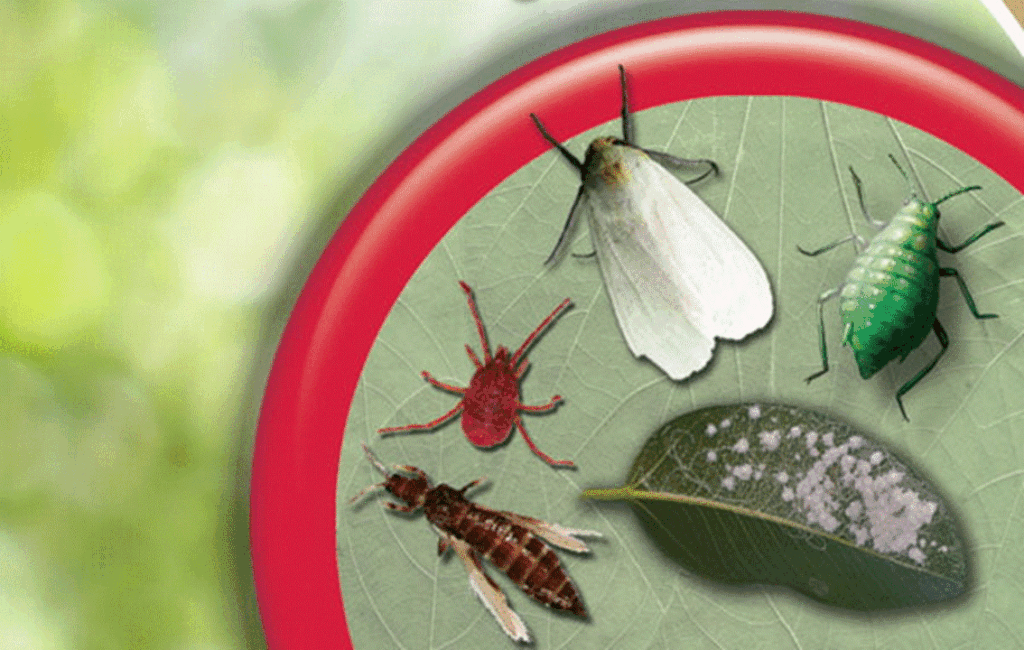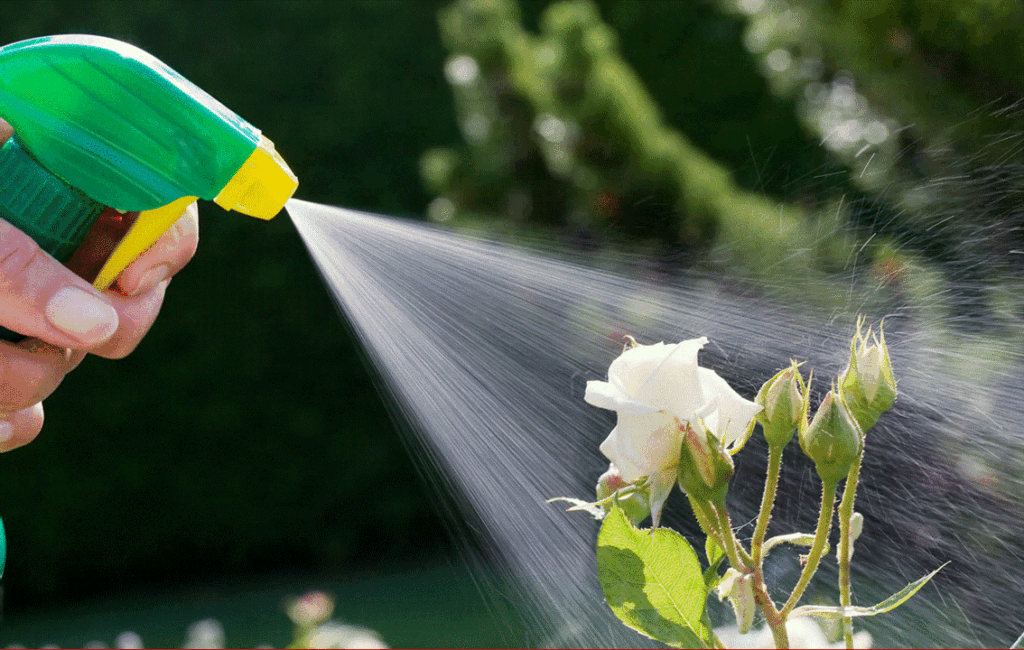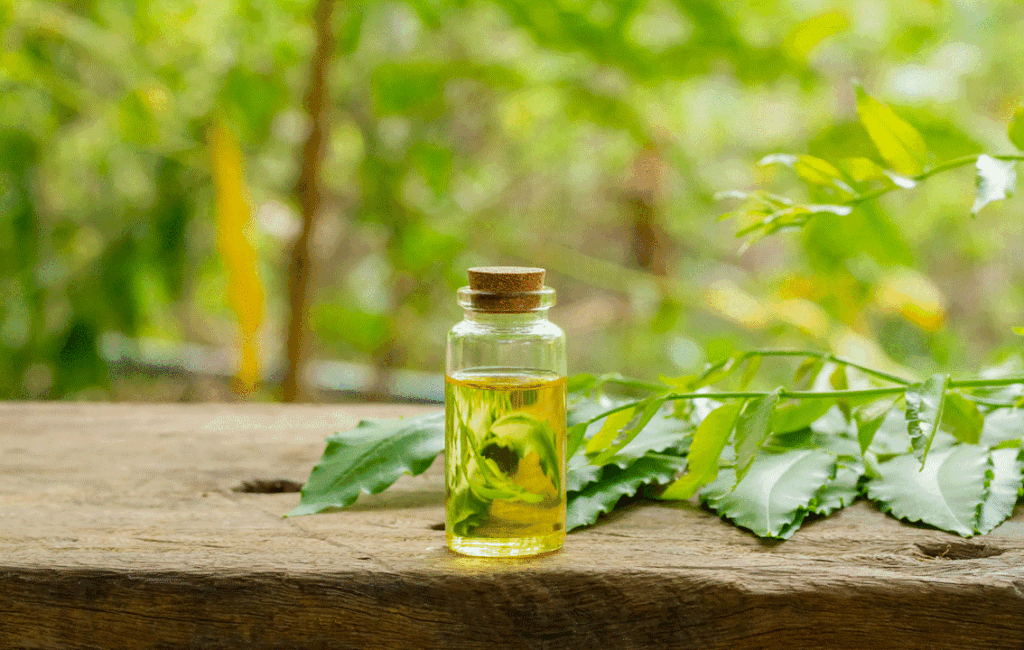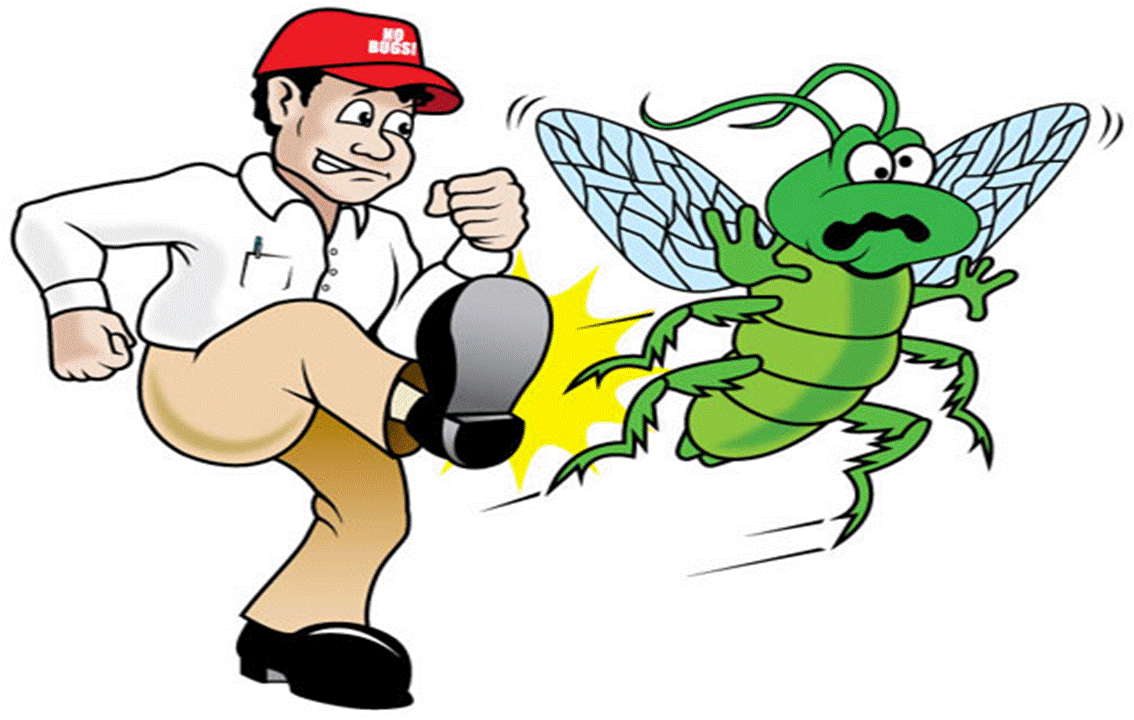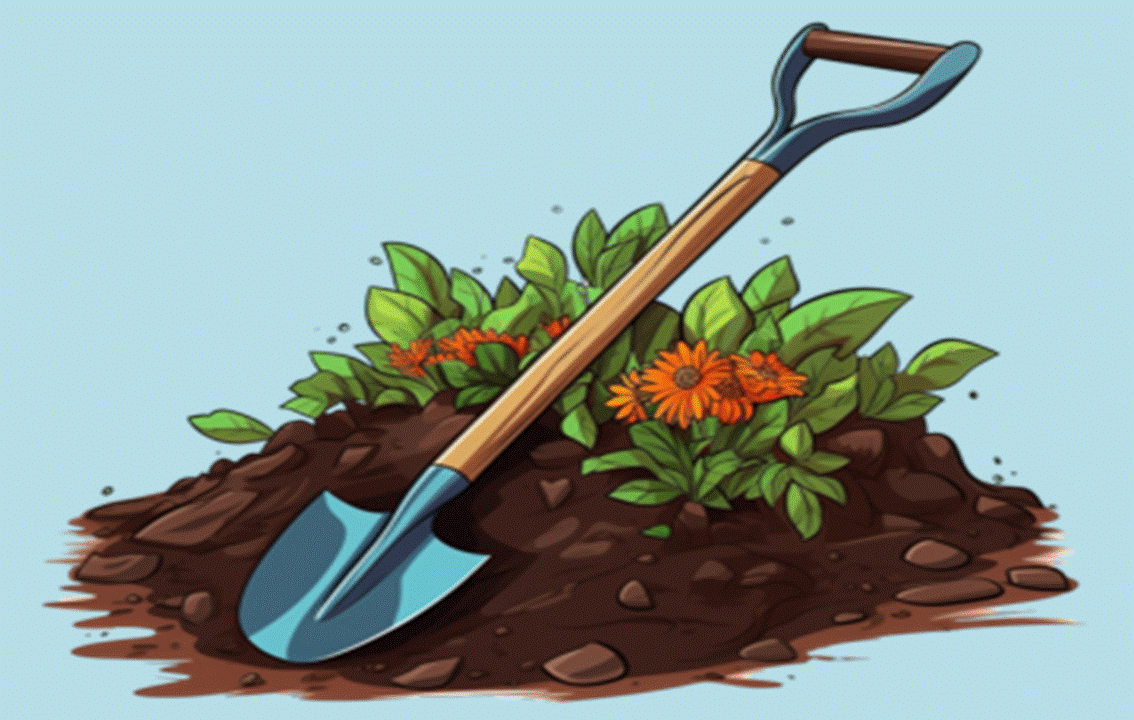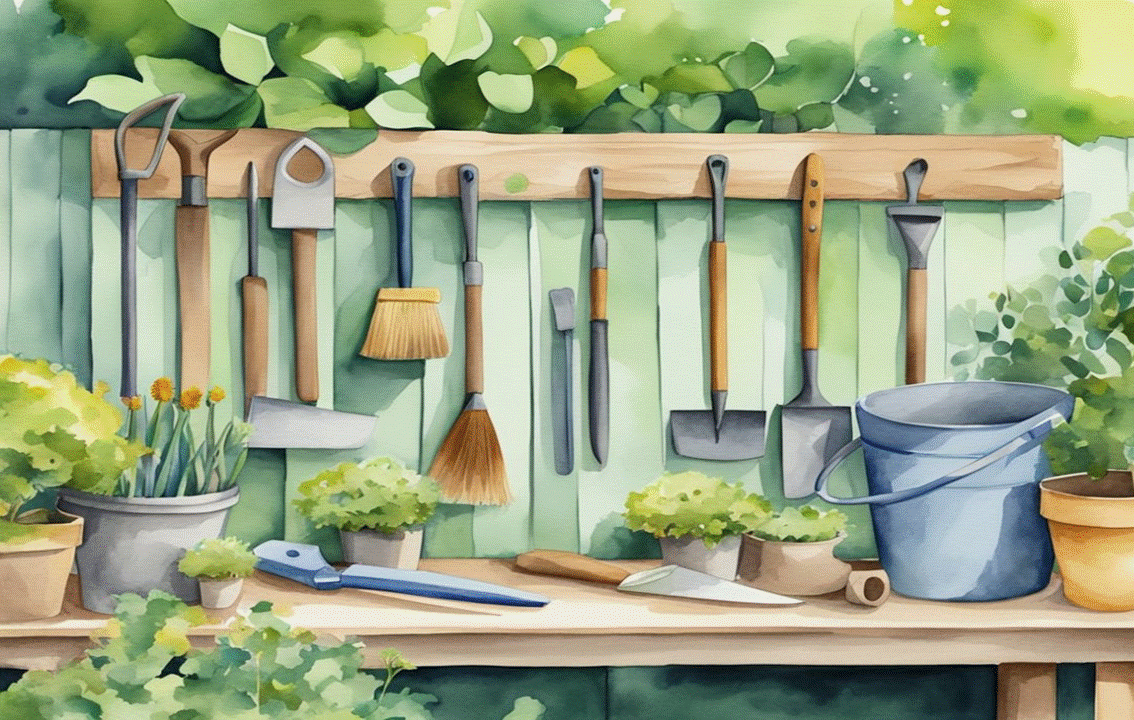INSECTICIDAL SOAP & NEEM OIL
Regular monitoring of crops and then early intervention is key to maintaining healthy plants in an organic garden. Insecticidal soap and neem oil are both effective natural treatments that are used for pest control in an organic garden, and they can be used to form an easy and effective component of an organic pest control management strategy that will ensure regular protection of crops.
Inscticidal Soap
What is Insecticidal Soap?
Insecticidal soap is a contact insecticide made from natural plant oils and fats. It works by suffocating soft-bodied insects like aphids, spider mites, and whiteflies.
Preparation: You can buy ready-to-use insecticidal soap or make your own by mixing pure liquid natural soap with water at a ratio of 2 tablespoons of soap per 1 litre of water.
Application: Spray directly on affected plants, ensuring thorough coverage of both upper and lower leaves.
Timing: Apply in the early morning or late afternoon to avoid harming beneficial insects and to reduce the risk of leaf burn.
Frequency: Repeat application every 7 days, but this is depending on pest pressure and rainfall.
Precautions: Test on a small area first to check for plant sensitivity and avoid using during high temperatures or under direct sunlight. Avoid applying during flowering to protect pollinators.
Neem Oil
What is Neem Oil?
Neem oil is made from the seeds of the neem tree and has natural insecticide, fungicide, and pesticide properties. It disrupts the life cycle of several pests and repels various problematic insects.
Preparation: Mix neem oil with water at a ratio of 2 tablespoons of neem oil per litre of water. 1 teaspoon of pure liquid natural soap can also be added to act as an emulsifier.
Application: Spray directly on affected parts of the plants, ensuring thorough coverage of both upper and lower leaves.
Timing: Apply in the late afternoon or early evening to avoid harming beneficial insects and to reduce the risk of leaf burn.
Frequency: Repeat applications every 7 to 14 days, depending on pest pressure and rainfall.
Precautions: Test on a small area first to check for plant sensitivity and avoid using during high temperatures or under direct sunlight. Avoid applying during flowering to protect pollinators.
